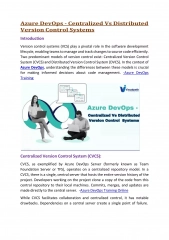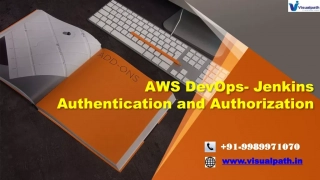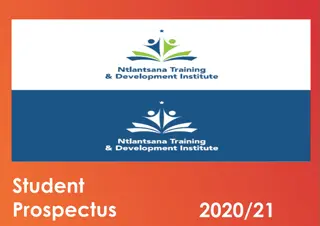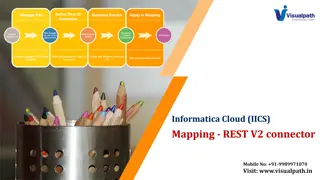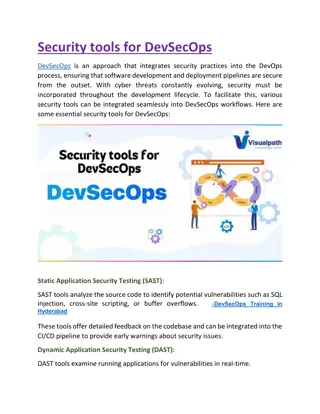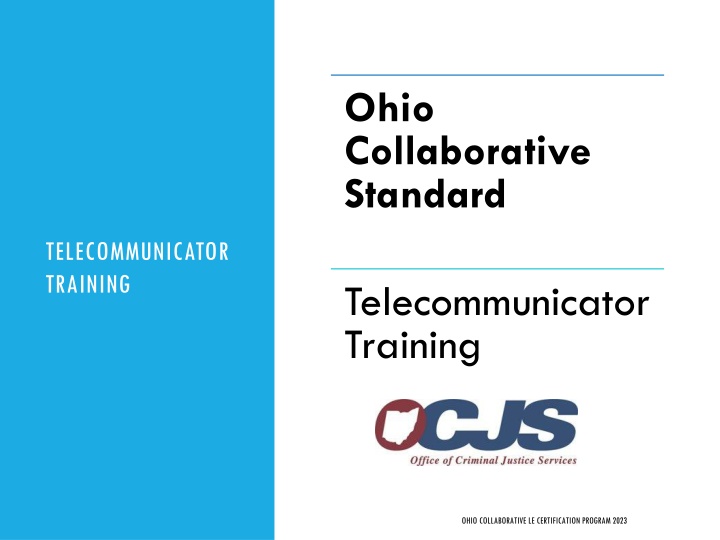
Ohio Collaborative Telecommunicator Training Program 2023
"Explore the Ohio Collaborative Standard Telecommunicator Training Program for 2023, focusing on crucial law enforcement call-taking and dispatching skills. Learn about the essential training objectives, compliance policies, and the importance of public approval in policing. Enhance your knowledge on achieving high-quality training standards for telecommunicators. Dive into the significance of accurate information gathering, classification, and relaying in ensuring public safety. Join the program to contribute to effective law enforcement communication strategies."
Download Presentation

Please find below an Image/Link to download the presentation.
The content on the website is provided AS IS for your information and personal use only. It may not be sold, licensed, or shared on other websites without obtaining consent from the author. If you encounter any issues during the download, it is possible that the publisher has removed the file from their server.
You are allowed to download the files provided on this website for personal or commercial use, subject to the condition that they are used lawfully. All files are the property of their respective owners.
The content on the website is provided AS IS for your information and personal use only. It may not be sold, licensed, or shared on other websites without obtaining consent from the author.
E N D
Presentation Transcript
Ohio Collaborative Standard TELECOMMUNICATOR TRAINING Telecommunicator Training OHIO COLLABORATIVE LE CERTIFICATION PROGRAM 2023
Learning Objectives Telecommunicator Training Standard: Purpose Standard LEARNING OBJECTIVES Commentary Model policy Compliance
The ability of the police to perform their duties is dependent upon public approval of police existence, actions, behavior and the ability of the police to secure and maintain public respect. TELECOMMUNICATOR TRAINING Sir Robert Peel (1829)
21st Century Policing TELECOMMUNICATOR TRAINING 5.1 Recommendation: The Federal Government should support the development of partnerships with training facilities across the country to promote consistent standards for high quality training and establish training innovation hubs.
In 2016, The Ohio Collaborative Community- Police Advisory Board adopted the State of Ohio Standard for Telecommunicator Training. TELECOMMUNICATOR TRAINING
Purpose Law Enforcement call taking and dispatching are critical elements to ensuring a proper and safe response to reported incidents affecting public safety. Ensuring proper training and performance by tele-communicators performing these functions is essential. TELECOMMUNICATOR TRAINING
TELECOMMUNICATOR TRAINING Standard Law Enforcement agencies must ensure a training program and policy directives exist to allow for tele-communicators to be proficient in: Obtaining complete and accurate information from callers requesting law enforcement assistance.
TELECOMMUNICATOR TRAINING Standard continued Accurately classifying and prioritizing requests for assistance. Obtaining and accurately relaying information which may affect responder and/or citizen safety.
TELECOMMUNICATOR TRAINING Standard Commentary This standard and the training applies only to those Law Enforcement Agencies that operate a tele-communications center or performs that function. Training shall meet and support minimum standards as established by legislation for 911 call centers and public- safety answering points (PSAPs).
TELECOMMUNICATOR TRAINING Standard Commentary continued: Acceptable training may include: Classroom or equivalent. Utilization of nationally recognized dispatcher training. Training developed by individual agencies to meet the specific needs of their communities.
TELECOMMUNICATOR TRAINING Telecommunicator Training Model Policy If the agency employs telecommunicators, as defined by ORC 4742.01, the agency must ensure a training program and directives exist to allow for telecommunicators to be proficient in:
TELECOMMUNICATOR TRAINING Telecommunicator Training Model Policy continued Obtaining complete and accurate information from callers requesting law enforcement assistance; Accurately classifying and prioritizing requests for assistance; and Accurately relaying information which may affect responder and/or citizen safety.
TELECOMMUNICATOR TRAINING Telecommunicator Training Model Policy continued Guiding Principles: Training shall meet and support minimum standards as established by legislation, OAC 5507-1, for 911 call centers and public safety answering points (PSAPs). Acceptable training may include: classroom or equivalent; utilization of nationally recognized dispatcher training; and training developed by individual agencies to meet the specific needs of their communities.
TELECOMMUNICATOR TRAINING Telecommunicator Training Model Policy continued Telecommunicator definition, as found in ORC 4742.01: 4742.01 Emergency service telecommunicator definitions. As used in this chapter: (A) Emergency service provider has the same meaning as in section 128.01 of the Ohio Revised Code. (B) Emergency service telecommunicator means an individual employed by an emergency service provider, whose primary responsibility is to be an operator for the receipt or processing of calls for emergency services made by telephone, radio, or other electronic means. Amended by 130th General Assembly File No. 25, HB 59, 101.01, eff. 9/29/2013. PSAP Operating Rules under OAC 5507-1-03
TELECOMMUNICATOR TRAINING Telecommunicator Training Annual Compliance Current year training records/certificates (Bullets B&C) This may include read and sign or in-service training logs





